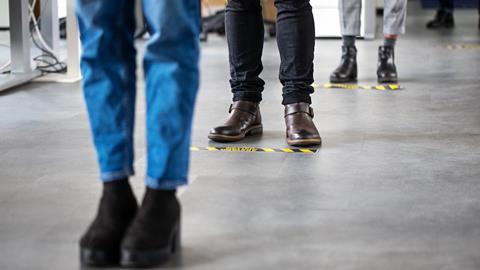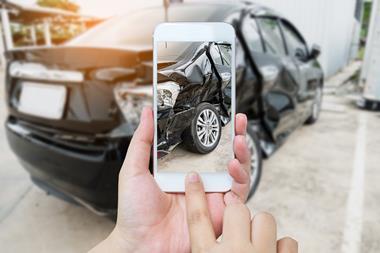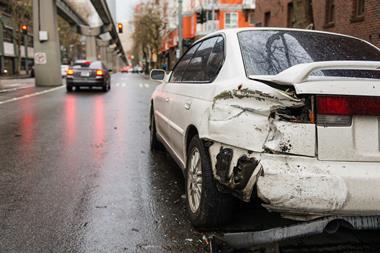International regional managing director, David Shepherd at Audatex’s Solera, has more than 40 years’ of experience in the insurance and collision repair industry, he discusses the impact of the Covid-19 socially distancing rule on claims with Insurance Times
Last year was a confusing one for European car insurers and the insured alike. In the spring, the Covid-19 pandemic caused an international dip in automotive insurance claims, and a correspondingly dip in rates.
In fact, few people were regularly using their cars for most of last year and certainly not as much as years prior. Our Solera data showed insurance claims recovered to about 85% of pre-pandemic in the summer months, suffering a further drop in the current lockdown.
One residual impact of the pandemic remains: the undeniable need to keep customers safe, while ensuring they can get their claims processed in a timely manner, all in a socially distanced world.

For insurance companies initiating and processing claims, a touchless process begins with digital image capture. Already, many of our bodyshop and insurance provider customers are seeing an 85% (or more) response rate from driver image capture requests. We only expect this trend to continue and for this to become the way things are done.
The catalyst to enabling a digital journey throughout the claims process is artificial intelligence (AI). AI allows operations to move faster and more accurately at a lower cost.
It can also automate labour-intensive processes and deliver more intuitive customer journeys to provide a higher quality of service, at the time of need. In a survey conducted by Solera late last year, we found that 73% of European consumers were, in fact, interested in a fully automated claims process.
This same survey also found that that two-thirds (67%) of consumers would switch insurers for a faster digital experience and 73% would choose an insurer using AI to process claims quicker.
The claims process is frequently labour and time-intensive, demanding paperwork and human intervention from both the provider and the customer. The scale at which AI and other digital transformation technologies would need to be implemented is enormous and one of the biggest challenges for many of the large, global companies.
Photo opportunity
Calculating repair costs early in the claims process is extremely important. Photo estimating assisted by AI is undoubtedly a game changer for the global collision repair industry. Reducing the time it takes to predict repair costs means insurers are able to triage cases faster, settle claims earlier and reduce human overhead.
Low value, high volume repetitive tasks, such as site inspections, image capturing and damage reports, can certainly be replaced by digital technologies like computer vision.
This will improve operational efficiency, reduce claim cycle time and increase customer satisfaction. The initial challenge in image capture has been to fi nd the best approach to machine learning so we can detect damaged parts with the best performance and, crucially, identify the right supporting repair method and cost. Having access to large amounts of data is important in the machine learning process.

Solera manages 300 million transactions between insurance companies, drivers and the automotive industry every year, representing about 70% of all digital claims worldwide. This has allowed our team to hone the accuracy of our AI solutions to deliver consistent, accurate results and not just results based on speed alone. The data speaks for itself.
This is a clear incentive for service providers to push for AI adoption. While there are challenges associated with the overhaul of these systems, partnering with an established, proven software provider, we believe, is the best path toward for insurance customers.
If your business hasn’t already started planning for the inevitable digital future, what are you waiting for?










































